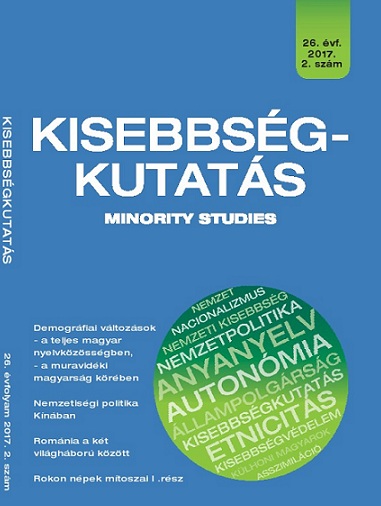Románia fasiszta és kommunista forradalom között
Romania between a Fascist and a Communist Revolution
Author(s): Ambrus MiskolczySubject(s): Interwar Period (1920 - 1939)
Published by: Lucidus Kiadó
Summary/Abstract: Between the two World Wars, the Romanian politics were governed by a heavily antiSoviet current. The Communist ideas fell on barren soil, and what is more, the Soviet Union did not give up its claim on Bessarabia. The Iron Guard proved to be an excellent tool to implement the anti-Communist trend: the movement’s propaganda worked like a miracle among the working class (“the workers should be well-paid; they should also be shareholders of the company…”). The dictatorship of King Carol II of Romania was still legitimized by the Iron Guard (1938). With the breakout of World War II, Romania became isolated in terms of foreign policy: according to the Soviet-German pact, Germany conceded Bessarabia to the Soviet Union. Romania – unwillingly – accepted the Second Vienna Award, but had second thoughts about its eventual abolishment. Due to the territorial loss, the public sentiment turned against Carol II, who appointed General Antonescu as Prime Minister. The General forced the king to resign (his successor was Michael I, his son), and he relied on the Iron Guard because he needed a mass base.
Journal: Kisebbségkutatás
- Issue Year: 26/2017
- Issue No: 2
- Page Range: 76-93
- Page Count: 18
- Language: Hungarian

